0xGame2024Week1WP
文章发布时间:
最后更新时间:
页面浏览:加载中...
最后更新时间:
页面浏览:加载中...
Web
[Week 1] hello_http

1 | |
[Week 1] hello_web
1 | |

1 | |
[Week 1] ez_rce
源码稍有改动(输出的源码语法有错误)
1 | |
GPT秒了
1 | |
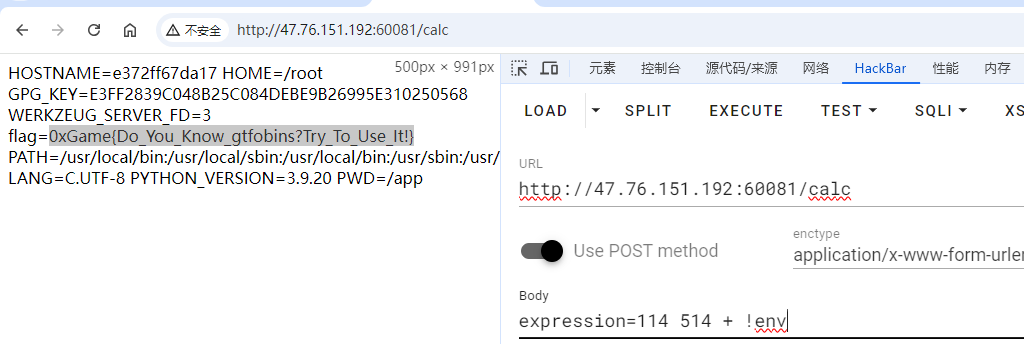
1 | |
Misc
[Week 1] 关注 DK 盾谢谢喵

[Week 1] 0xGame2048
1 | |
安装base2048的python包
1 | |
使用代码解不知道为什么报错
1 | |
使用在线解密
1 | |
1 | |
[Week 1] 一明一暗
1 | |
Bandzip压缩给的图片然后使用ARCHPR明文爆破
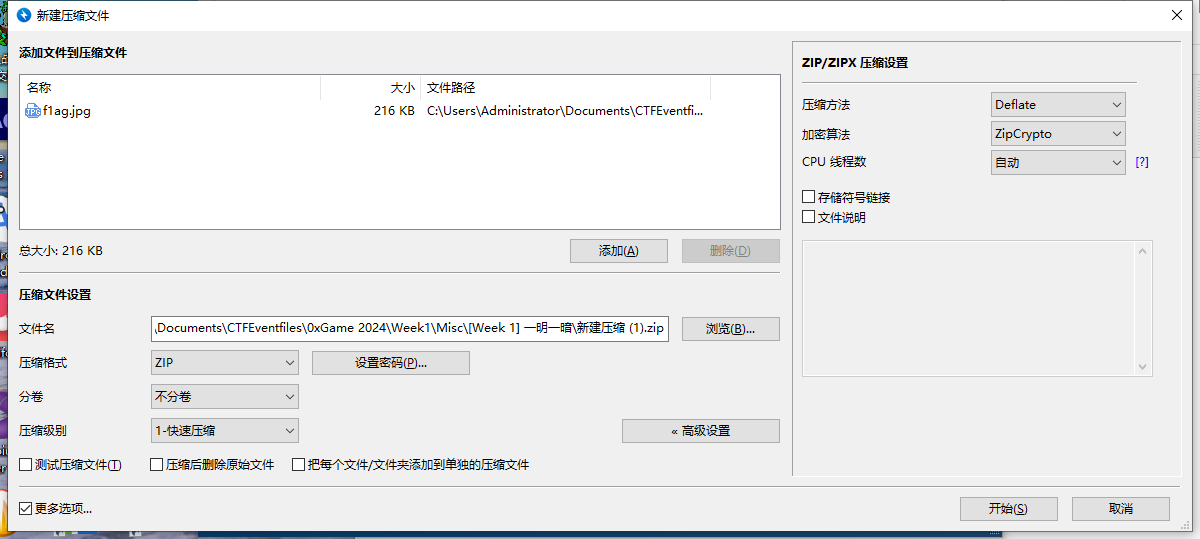
得到密钥解密之后解压压缩包
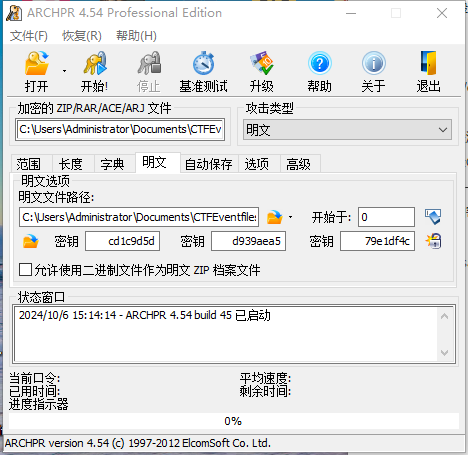
查看提示
1 | |
使用水印工具提取

1 | |
[Week 1] 加密的压缩包?
1 | |
这里改成0F即可,使用压缩包底部的密码解压0xGame2024
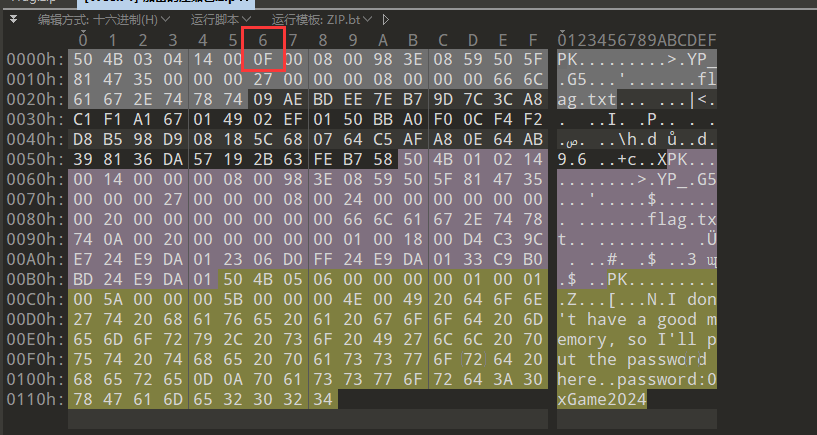
1 | |
Crypto
[Week 1] Caesar Cipher
1 | |
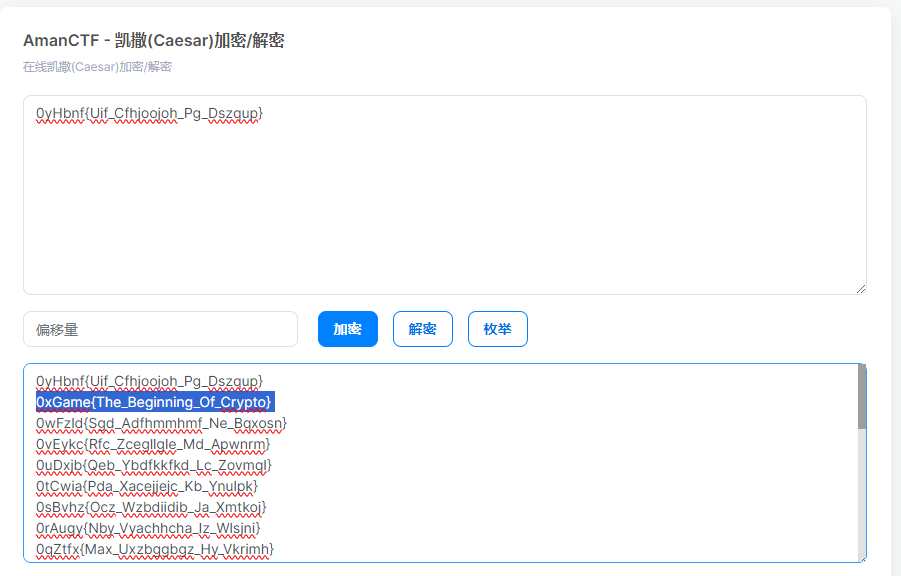
1 | |
Reverse
[Week 1] BabyBase
使用IDA打开按F5转伪代码

查看这里base64解码得到flag
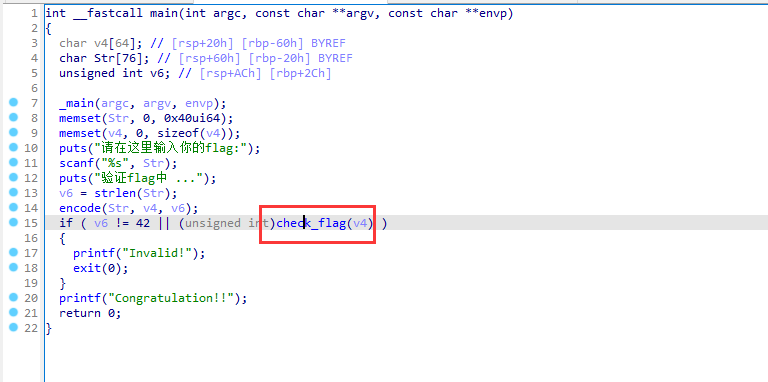
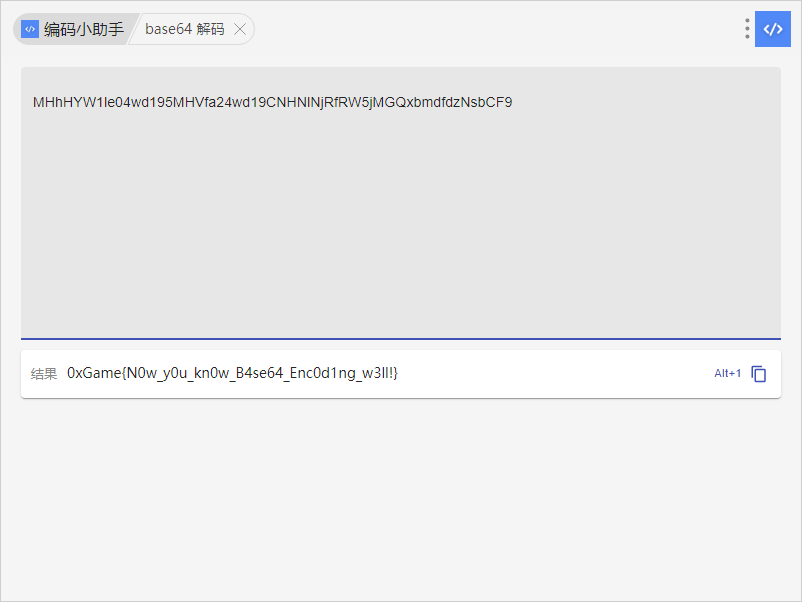
1 | |
[Week 1] BinaryMaster
IDA打开F5转伪代码即可获取flag
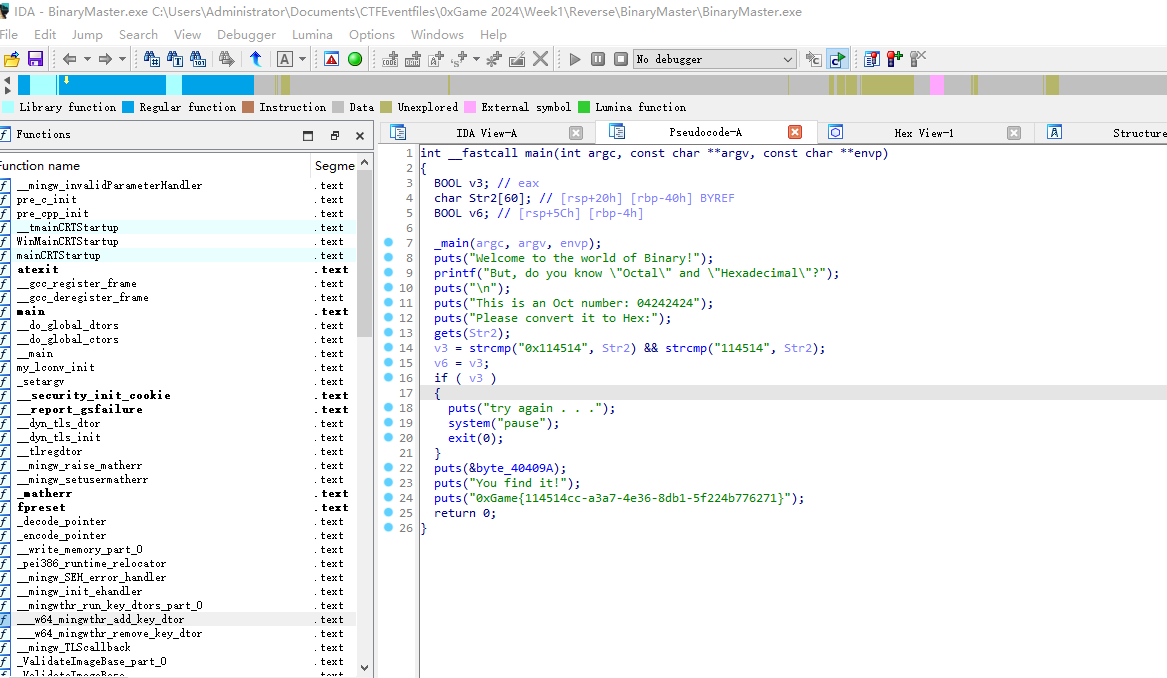
1 | |
[Week 1] SignSign
IDA打开F5转伪代码获取一半flag
1 | |
shift+F12查看字符串找到另一半
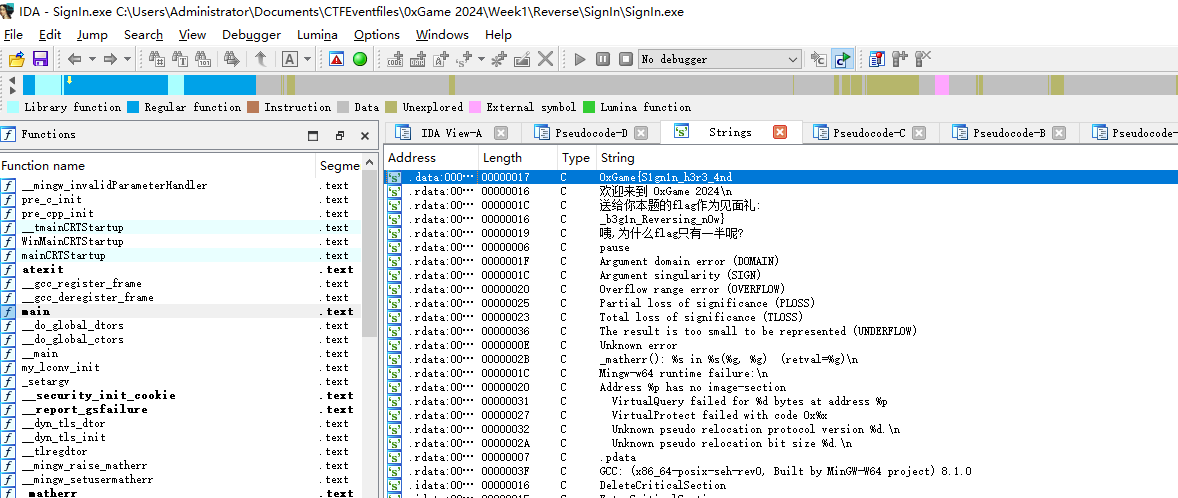
1 | |
[Week 1] Xor-Beginning
1 | |
1 | |
1 | |
[Week 1] Xor-Endian
1 | |
1 | |
AI写脚本
1 | |
1 | |
Pwn
[Week 1] 0. test your nc
1 | |

1 | |